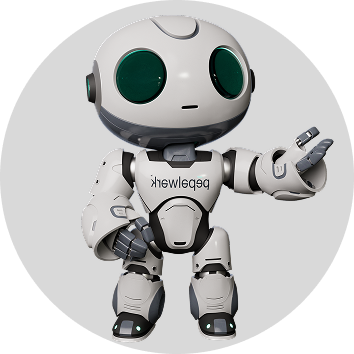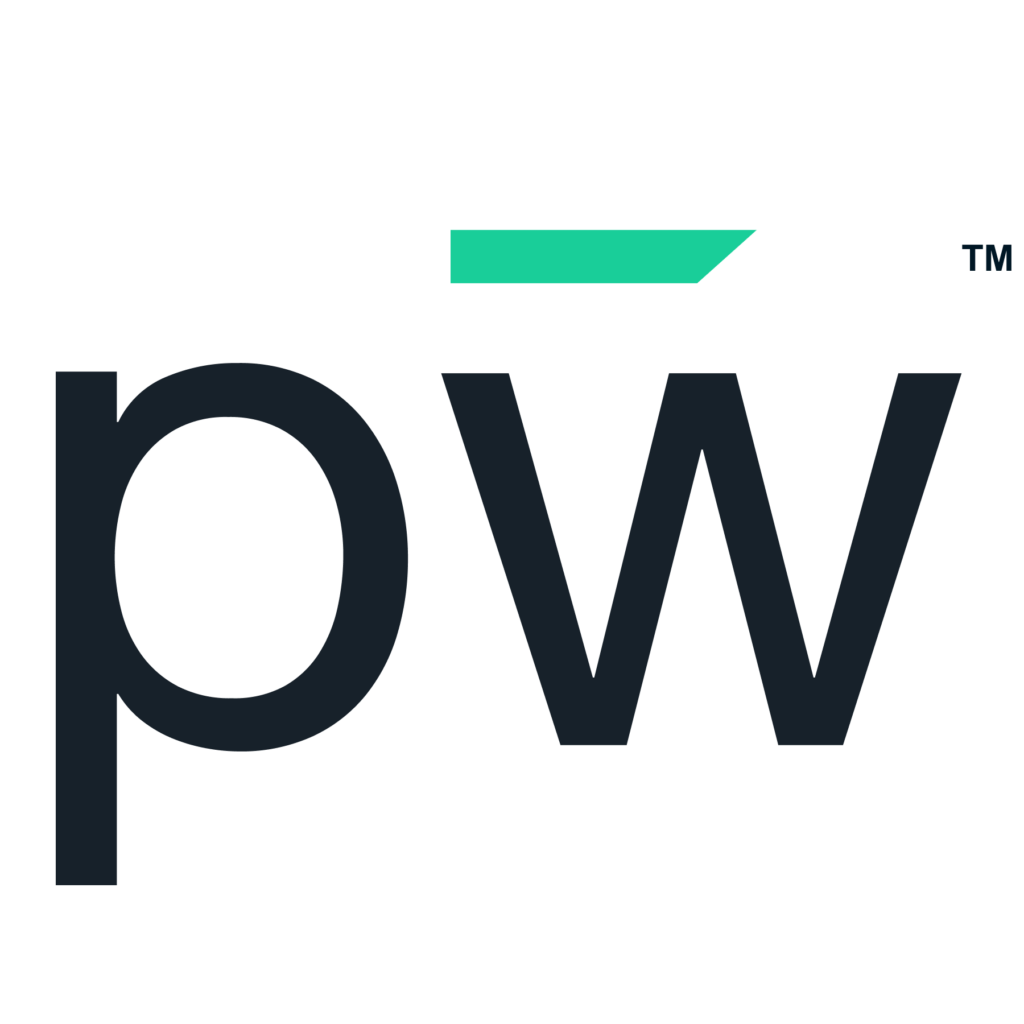Hard to believe, but many of your students will be graduating within the next three months. For many students, it brings uncertainty about what comes next. Without proper preparation, the transition from education to employment can be overwhelming. Schools play a vital role in equipping students with career guidance, practical skills and real-world experience to help them navigate life after graduation. Just like spring cleaning helps clear out the old to make way for the new, educators must refresh their approach to career readiness, ensuring students are set up for success in the workforce.
Building Career Readiness Through Practical Experience
One of the most effective ways to prepare students for the workforce is through hands-on experience. Work readiness programs give students insight into what it’s like working at a business, helping them develop professional habits before they enter the job market. Schools can integrate real-world learning by incorporating business simulations, project-based assignments and mentorship programs. Providing students with exposure to different career fields allows them to explore their interests while building confidence in their abilities.
Internships and apprenticeships are also essential components of student career planning. These opportunities offer valuable on-the-job training, allowing students to gain firsthand experience in their chosen fields. Schools that collaborate with local businesses to create internship pipelines help bridge the gap between education and employment, ensuring students are workforce-ready the moment they graduate.
The Value of Internships: Are They Helping or Wasting Your Time?
Teaching Essential Workplace Skills for Career Success
Beyond industry-specific knowledge, students need real workplace skills to accelerate their careers in a professional setting. Communication, problem-solving, time management and adaptability are all critical to long-term success. Educators can incorporate these skills into their current curriculum by encouraging collaboration, critical thinking and real-world problem-solving exercises.
Proficiency in technology is no longer optional. Schools should ensure that students graduate with digital literacy skills, including familiarity with workplace software, data analysis tools and even artificial intelligence applications. Teaching students how to use technology ethically and effectively will set them apart in the job market.
Guiding Students Through Career Transitions
The transition from school to work can be daunting, and many students struggle with knowing where to start. Career transition support helps students navigate this period with confidence. Schools can assist by providing access to career coaches, job placement resources and resume-building workshops.
Connecting students with jobs for students that align with their skills and interests is essential for long-term success. Schools that integrate career matching tools into their guidance programs make it easier for students to explore opportunities, find mentors and connect with employers actively seeking new talent. The sooner students start engaging with career planning resources, the more prepared they will be to enter the workforce with a clear direction and purpose.
How pepelwerk Can Help Districts and Schools
As workforce demands evolve, educators need strong partnerships to help students transition from school to work successfully. pepelwerk connects students with employers, internships and apprenticeships, ensuring they have access to real-world job opportunities. By integrating career matching tools and work readiness programs into education systems, pepelwerk helps students gain the skills they need while providing businesses with job-ready talent.
For educators, administrators and district officials looking to enhance career readiness programs, pepelwerk offers a seamless solution. Contact us today to discover how our platform can help your students confidently transition from graduation to employment. The sooner students start preparing, the sooner they benefit—let’s work together to build a future-ready workforce.










